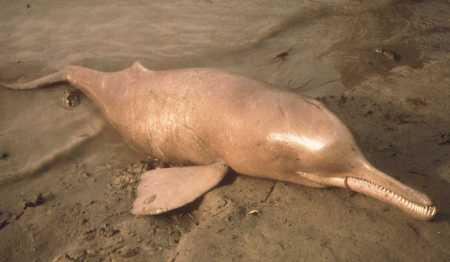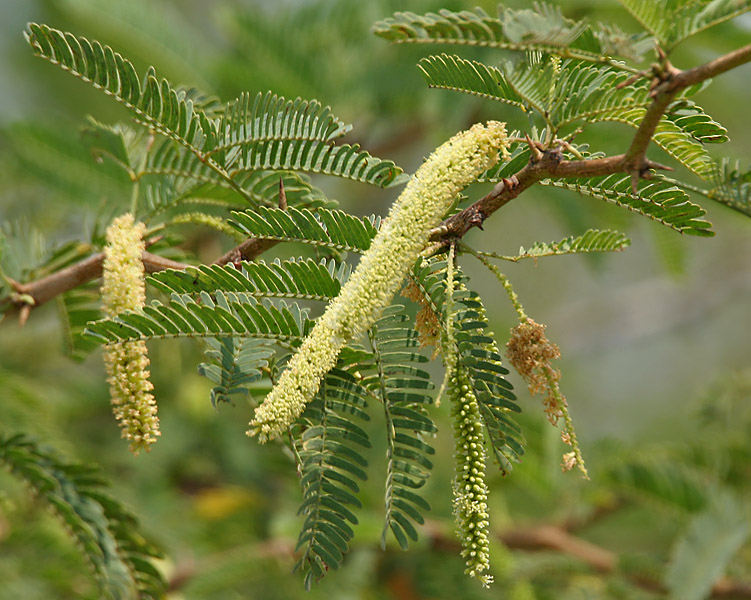 We always assume that a city, any urban city, is only home to people, cars, trucks, factories, innumerable buildings and shopping malls. It may come as a surprise to some therefore that a survey recently found Kolkata, one of the most urban metropolitan of India to be home to an exhaustive list of mammals, birds, reptiles, insects and over 667 species of plants. Whether this green cover continues to beautify the city, depends largely on how the city dwellers shape their home’s future.
We always assume that a city, any urban city, is only home to people, cars, trucks, factories, innumerable buildings and shopping malls. It may come as a surprise to some therefore that a survey recently found Kolkata, one of the most urban metropolitan of India to be home to an exhaustive list of mammals, birds, reptiles, insects and over 667 species of plants. Whether this green cover continues to beautify the city, depends largely on how the city dwellers shape their home’s future.
The first official study on Kolkata’s biodiversity was conducted by a city based NGO, Society for Environment and Development on behalf of the West Bengal Biodiversity Board (WBBB). The study lasted for a year and took the help of students from colleges and university.
“The students were taken from five colleges and two universities in the city. We divided the city into five zones — east, west, north, south and central for the study. What we found was perhaps always known. But we need the data to initiate a conservation drive,” said AK Ghosh, who led the study to TOI.
The result of the study which will soon be published, is an exhaustive list of flora and fauna that continue to call Kolkata home, inspite of all the pressures of the urban world. This includes,
- 20 species of mammals
- 107 kinds of birds
- 1 amphibian species
- 8 local varieties of fish
- 64 butterfly species
- 35 species of flies
- 10 species of ants
- 13 species of insects
- 2 species of snails
- 35 spider species
There are also some 667 different species of plants in Kolkatta including,
- 96 medicinal plants
- 161 species of herbs
- 205 species of shrubs
- 229 flowering species
- 68 climbers
But though the list seems impressive, the researcher says it does not give any idea of how much flora and fauna Kolkata has already lost as this kind of survey was never done before.
“While the numbers seem impressive, we have no way of making a comparison to gauge the loss we might have suffered. But our study indicates that biodiversity has been seriously affected by the rapid urbanization and loss of green cover. The Maidan accounts for nearly half of the city’s total open space. There has been a massive habitat destruction on the city’s fringes, including Salt Lake,” said Ghosh.
The Endangered Three
The research team found that Kolkata is also home to three of India’s Endangered species, namely the Indian Mongoose, Jackal and Gangetic Dolphin. The Small Indian Mongoose and the Gangetic dolphin, both schedule I animals, still existed in Kolkata but were not widely observed. Jackal, a schedule II species, was left in a few pockets of north and east Kolkata, the study says.
According to Ashok Sanyal, chairman, WBBB.
“Conservation, sustainable utilization of natural resources and benefit sharing have been laid down as the three objectives. So far, Kolkata did not have a people-biodiversity register (PBR). Without it, we have been going in the dark. Now, this data will help us launch a conservation drive and preserve Kolkata’s biodiversity,” said Sanyal.
Amidst development priorities, a city’s ecosystem suffers the most. But this survey is a start to make sure that the flora and fauna are not forgotten completely, something each city in India needs to ensure. The knowledge of plants and animals already inhabiting an area will only make it easier to save them.
More Related Stories,
Maharashtra’s Biodiversity Revealed
Good News for Gangetic Dolphin
Image via CC/Flickr by amanderson2






Similar study in other cities would yield even more results that will make us aware of our biodiversity. As of now, the common sparrow seems to have vanished from many cities, the culprit being the mobile radiowave towers. The number of crows has also come down significantly.
Sparrows have adapted to mobile towers well, they are back in Mumbai.. the good news is that the number has just started growing.. if you wish to contribute to their growth then just buy a nest house locally or from nature forever society’s website online and have fun.. Chwuh chu..
Great idea Atul. Nest boxes can be build at home too. You can also make one from old earthen pots. People who do not have the place to put nests, can atleast leave some grains and water for our feathered friends. The least we can do to ensure they stay with us in cities.
@ Atula – I don’t think it requires much of space, its a small box after all which can be fitted on the top corner of the balcony. I have just installed the 2nd one, happy to say that the first one completed the third breeding season.. Life attracts life (Alchemist) and suddenly we have Sunbirds (currently looking at one while I am writing), Coppersmith Barbets, Mynahs and around 15 sparrows playing around.. Chwuh chu..
That’s fantastic Atul. This is the kind of passion we need really. As you said, it does not take much space…just the consideration is enough. I would be happy to see the picutres of your avian friends if you would share it with us at our facebook page. Will be great example for others who would like to have nest boxes in their homes. Thanks for sharing….:)
Some cities and states, like Maharashtra have already performed such studies Zephyr, but yes, we still know very little about the common plant and animal neighbours around us. The sparrow is definitely one of the most known urban birds and sadly vanishing. Mobile towers is only one problem, another major problem is the way people have begun to shoo them out of their homes and buildings. As Atul suggests, nest houses are a great start to welcome them home…I have encouraged my son to build one from old boxes and feels great when the sparrows and mynas come to feed, rest, and stay around our urban balcony…:)